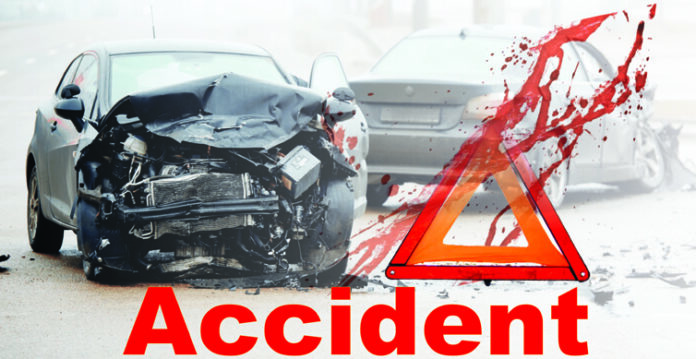A recent study conducted by the UPSRTC (State Road Transport Corporation) driving institute in Kanpur has highlighted that reckless driving and braking constitute the primary cause of bus accidents, contributing to over 50 percent of the total incidents.
The study has also identified the time window between 12:15 PM and 3:18 PM as the period when the most accidents occur. The research marks the first of its kind in analyzing the factors contributing to bus accidents over the past four years.
Among the various indicators examined, such as accident times, types, and casualties, the study has also revealed a consistent rise in the number of accidents each year since 2020. The accident graph shows an upward trajectory, with numbers rising for four years.
Also Read: 15-20% of Indian spinal injuries from road accidents: Doctors
In this study conducted by the Model Driving and Training Research Institute (MDTARI), the investigation encompassed a wide range of factors contributing to bus accidents, including the causes, driver age groups, timing of accidents, and accident severity categories (insignificant, minor, major, or fatal).
Notably, the research has unveiled a continuous increase in the total number of accidents per year since 2020. In 2020-21 (from April 2020 to March 2021), there were 553 accidents, followed by 583 in 2021-2022, and 664 in 2022-2023.
However, within the first six months of the 2023 sample period, the state has already recorded 318 accidents. S.P Singh, the principal of MDTARI, who spearheaded this research, acknowledged the growing trend in accidents. However, he noted that part of the reason for this increase could be attributed to improved accident response procedures and efficiency.
He explained that the use of active WhatsApp groups for regional managers (RMs) and assistant regional managers (ARMs) has led to more prompt reporting of accidents. “WhatsApp groups for RMs and ARMs are very active these days, and therefore more and more accidents are being reported. Within minutes of an accident taking place all concerned officials are being communicated the details. Managers have been fired over delayed reporting of accidents this year,” he said.
Although the final tally has shown that the percentage of ‘major’ accidents over the years is less than that of ‘minor’ accidents, in 2021 and 2022, the major bus accidents outnumbered the minor ones. Accidents categorized as fatal make up a little over 48 percent of the mishaps since 2020.
The report further found that the leading causes of bus accidents were illegal and reckless driving, and collisions due to two-wheelers, pedestrians, and animals crossing roads. The study’s findings underscore the fact that drivers between the ages of 31 and 50 are more susceptible to accidents compared to other age groups.
Over the last four years, a substantial portion of the accidents, totaling 1522 incidents, involved drivers within the 31 to 50 years age bracket, accounting for more than half of the total accidents recorded.
Singh reasoned that it is quite possible that most of the drivers employed by UPSRTC are within that age group. “We (the research team) requested data from each and every depot and created this first report. I think it is highly possible that a majority of the drivers factor in this age group,” he said.
Additionally, the report also states that most accidents take place between 9 AM to 6 PM, with the time window between 12:15 PM to 15:18 PM seeing the most.
“We are going to expand the course of this research and add more variables to the study. We will be collecting monthly data to take out this report on a regular basis, and we will improve it as we go,” said Singh.
The current report lacks information regarding the specific locations where most accidents occur. The study’s literature merely implies that drivers tend to steer clear of accident-prone areas and adopt safer driving practices.
However, the report does not provide any insights into “black spots” (locations with a history of frequent road traffic collisions and accidents) since this data is not accessible within the depots either.
(This story is sourced from a third-party syndicated feed. Raavi Media takes no responsibility or liability of any nature. Raavi Media management/ythisnews.com can alter or delete the content without notice for any reason.)







